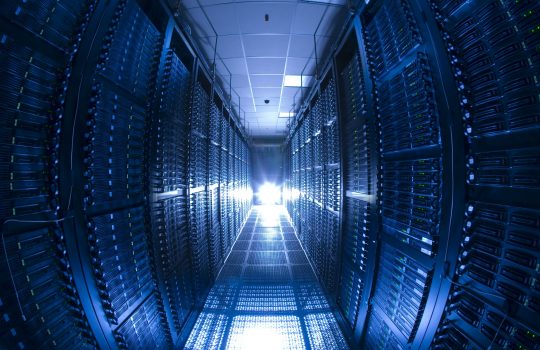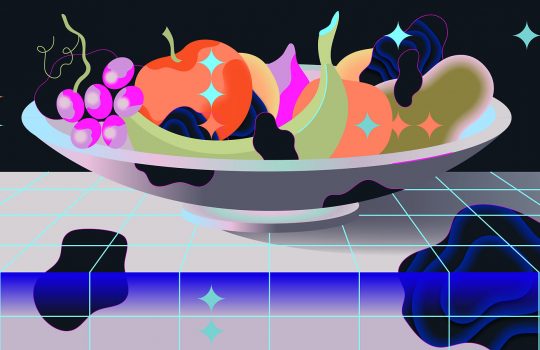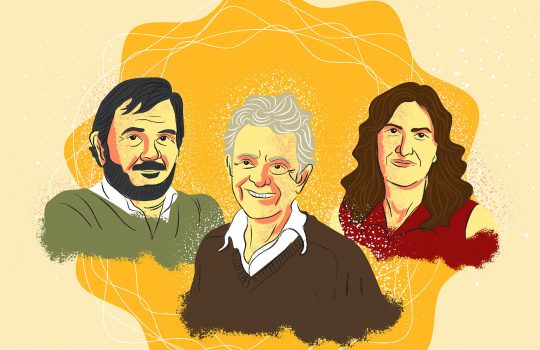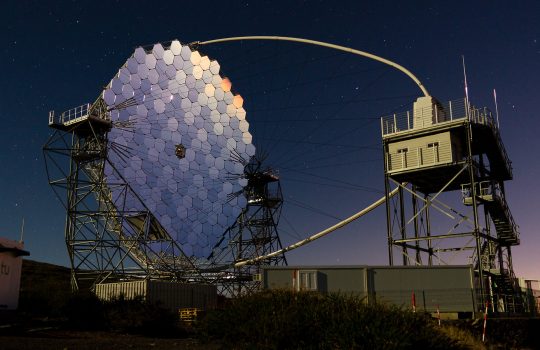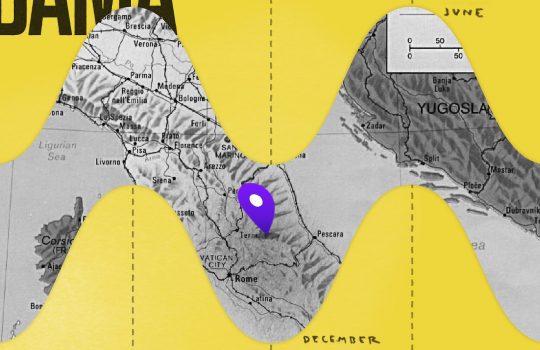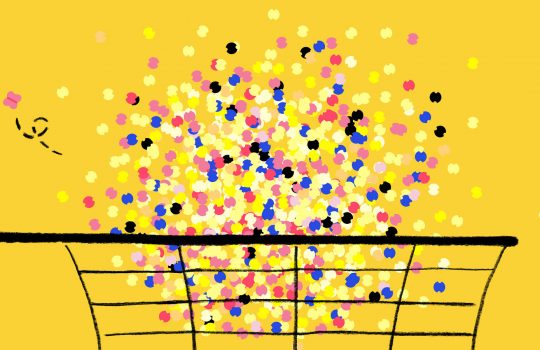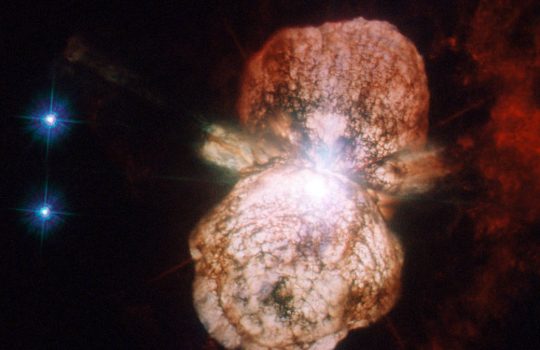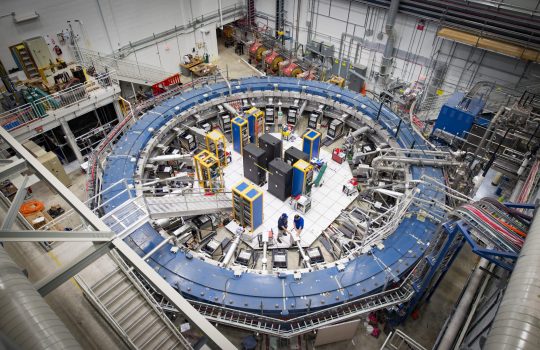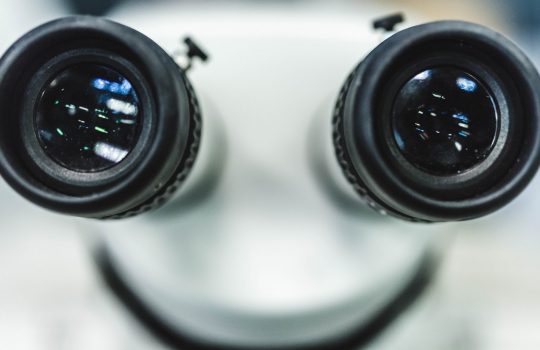DUNE prepares for data onslaught
The detector for the international Deep Underground Neutrino Experiment will collect massive amounts of data from star-born and terrestrial neutrinos. A single supernova burst could provide as much as 100 terabytes of data. A worldwide network of computers will provide the infrastructure and bandwidth to help store and analyze it. Using artificial intelligence and machine learning, scientists are writing software to mine the data – to better understand supernovae and the evolution of our universe.

